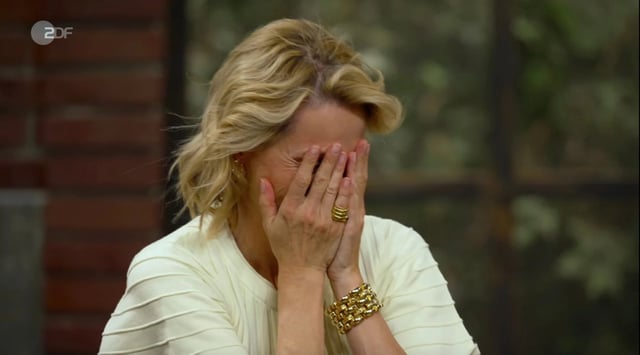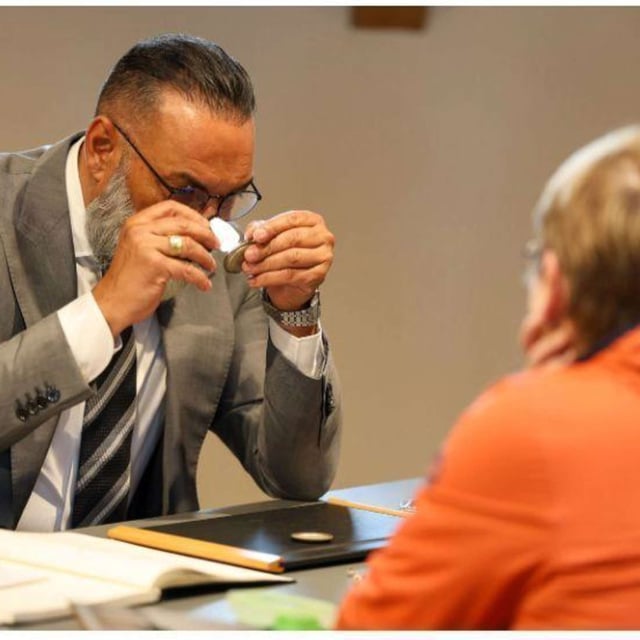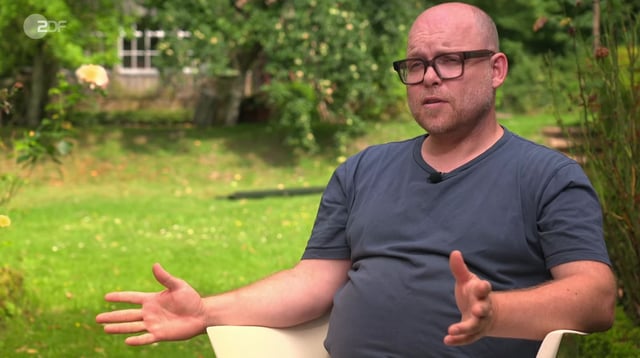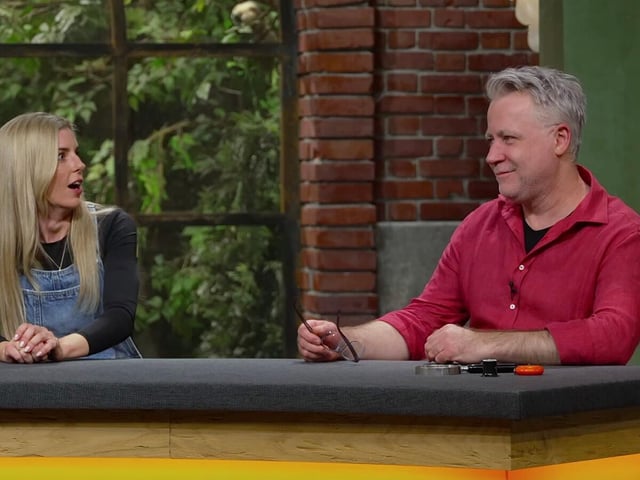Overview
- Dealers’ informal “Ehrenkodex” drives purchases beyond expert ranges, as Walter ‘Waldi’ Lehnertz paid €80 for a €15–25 flax comb and later repurposed it as a key rack to limit losses.
- Restoration is materially shifting outcomes: dealer Leo bought a 1910 portrait for €600, invested about €700, and now seeks offers from €1,800, while a candelabra bought for €1,700 versus a €300–500 estimate required fixes and is now priced at €2,500.
- After‑air placements broaden the market, with Jos van Katwijk selling a school engine model to a U.S. collector, Fabian Kahl placing historic nobility letters with a city museum, and David Suppes quickly reselling a 1974 national team tile panel to a football fan.
- Results frequently diverge from appraisals: a €2 Danish coffee service sold for €180, diamond earrings with a silver box achieved €900, a high‑value ring went unsold at €3,300 against a €5,500–6,000 estimate, and a Dupont lighter was withdrawn after low bids.
- The format’s pull extends off‑screen as an auction house brings Bares‑für‑Rares‑style expert days to Borken, and a report claims host Horst Lichter earns about €1.7 million annually, a figure ZDF has not confirmed.



